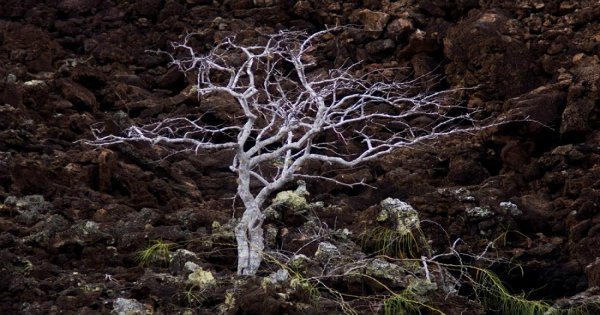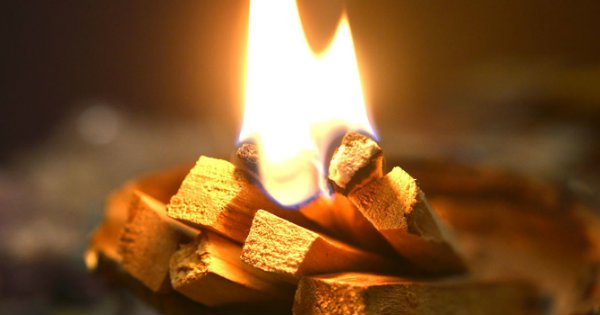OF THE
TIMES
Briefly stated, the Gell-Mann Amnesia effect is as follows. You open the newspaper to an article on some subject you know well... You read the article and see the journalist has absolutely no understanding of either the facts or the issues. Often, the article is so wrong it actually presents the story backward—reversing cause and effect...
In any case, you read with exasperation or amusement the multiple errors in a story, and then turn the page to national or international affairs, and read as if the rest of the newspaper was somehow more accurate about Palestine than the baloney you just read. You turn the page, and forget what you know.
I suppose for any Westerner, US or Europe, who reads this article carefully and with an open mind, the description of the totalitarian systems in...
French and Germans primarily, it seems : [Link] Russian resources: Airborne troops near Chasovoy Yar encountered foreign military personnel...
Bingo.. as expected Rogan is a plant and his platform is being used by the fkkr Carlson to peddle this nonsense for the next big inflation...
'Israel is weaker than a spider's web,' Fakery and propaganda has its own limits. At the end, few drops of water that melted the 'witch'.
Quote: "A giant Manta Ray style underwater drone that could one day carry out long-distance missions around the world , has been successfully...
To submit an article for publication, see our Submission Guidelines
Reader comments do not necessarily reflect the views of the volunteers, editors, and directors of SOTT.net or the Quantum Future Group.
Some icons on this site were created by: Afterglow, Aha-Soft, AntialiasFactory, artdesigner.lv, Artura, DailyOverview, Everaldo, GraphicsFuel, IconFactory, Iconka, IconShock, Icons-Land, i-love-icons, KDE-look.org, Klukeart, mugenb16, Map Icons Collection, PetshopBoxStudio, VisualPharm, wbeiruti, WebIconset
Powered by PikaJS 🐁 and In·Site
Original content © 2002-2024 by Sott.net/Signs of the Times. See: FAIR USE NOTICE


Reader Comments
to our Newsletter